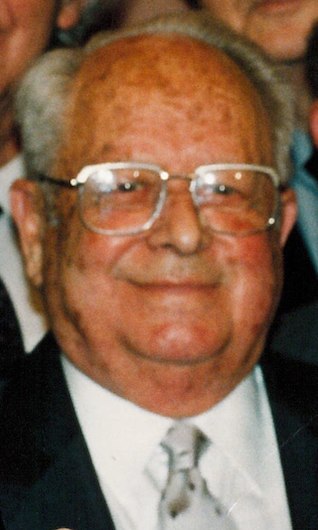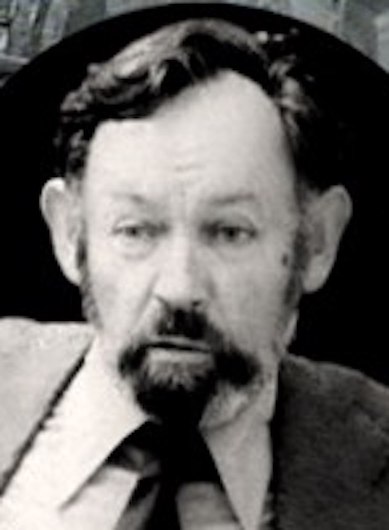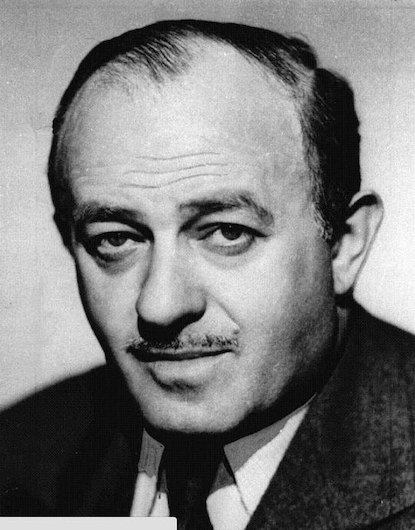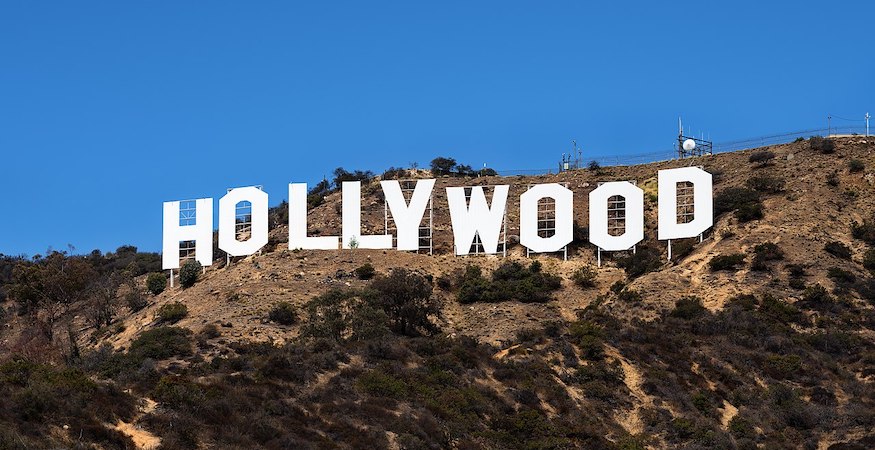Hollywood and the Holocaust
Right in the middle of World War Two, buried deep in the November 25th, 1942 edition of the New York Times was a very short article about the extermination of 2 million Jews in what was then Nazi-occupied Europe. The article concluded with a warning of the peril that the remaining 4 million Jewish people still faced.
“It wasn’t the first time that word had got out about the mass murder of the Jews”

Gerhart M. Riegner (1911-2001), German philosopher and secretary of the World Jewish Congress in Geneva during WWII | Photo: Wikimedia Commons
It wasn’t the first time that word had got out about the mass murder of the Jews. Just 3 months previously, the horrors were officially made known via a telegram sent by Gerhart Riegner, a representative of the World Jewish Congress to the New York and London offices. The cable confirmed the alarming reports that had previously reached the West. Astonishingly, the reaction of the governments was worse than apathy. Not only did the United States government not do a thing, they went as far as to order the head of the American Jewish community to keep quiet.
When the New York Times published the brief paragraph three months later, it was now the turn of the public to ignore the catastrophic news. With no one else to turn towards, two unlikely partners decided it was time to spur on all that they could to save what remained of European Jewry.
Lithuanian-born Hillel Kook who had immigrated with his family to Eretz Yisrael when he was a boy, was one of the men. He was an ardent Zionist and studied in the Rav Kook Yeshiva in Jerusalem, which had been established by his uncle, the Chief Rabbi of the Jewish community in pre-state Israel. A relentless activist, in 1931 when he was only 15, Hillel joined the Haganah. Soon frustrated with the British anti-Jewish polices and obstinance towards the Jewish community, he left the Haganah and formed the Irgun, a Jewish paramilitary group which took a hardline approach.
At only 25 years old, he was already well-traveled, having journeyed all over Europe to promote Zionism and the cause of the Irgun. With ease he therefore made the long journey during the war to America to see what he could do to grab the attention of the American public concerning the fate of the Jews.

Hillel Kook – Photograph is from the documentary film WHO SHALL LIVE AND WHO SHALL DIE? (1982) produced and directed by Laurence Jarvik | Photo: Wikimedia Commons
The astute Kook knew that American culture was more captivated by Hollywood than the Holocaust so he made a plan to get their attention by joining forces with Ben Hecht, a Jewish American successful playwright.
Within 6 months, Hecht had produced “We will not die,” a musical pageant masterpiece which was staged in Madison Square Garden, New York. The show had a full orchestra and a star-studded cast of more than 1,000 performers including the most famous of all, Frank Sinatra. Forty thousand people saw the pageant that first night, including Eleanor Roosevelt, the wife of the President of the United States. By popular demand, it went on to play in another five American cities.
But despite the musical success, after the war both Hecht and Kook admitted that “We will not die,” accomplished nothing, except that it moved Americans to tears while the annihilation of Europe’s Jews carried on relentlessly.
But both men did not give up. Kook, who now went by the name Peter Bergson, established the “American League for a Free Palestine” and in October 1943 organised a march of rabbis to petition President Roosevelt. When Roosevelt refused to meet with them, the snub gave Bergson and his group publicity and lead to public outrage which succeeded in bringing to the attention of the American public, the plight of Europe’s Jews.
“Despite their courageous, tenacious and magnificent efforts, the response of the world was too little, too late”

Ben Hecht – Publicity photo
to promote the famous film screenwriter in The Complete Film Production Handbook | Photo: Wikimedia Commons
Hecht also used his talents to continue the fight. He wrote another play, which was so successful that with the profits he bought a ship to bring some of the surviving Jewish remnant out of Europe and back to their homeland.
Both men are remembered as Jewish heroes. But despite their courageous, tenacious and magnificent efforts, the response of the world was too little, too late. Needless to say, both men died with a broken heart.






